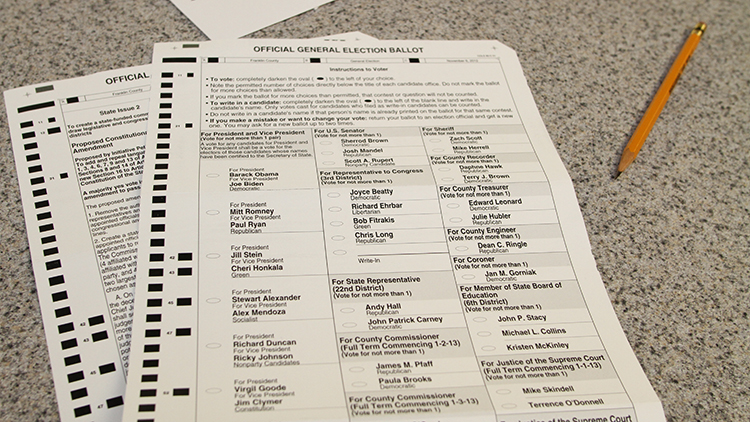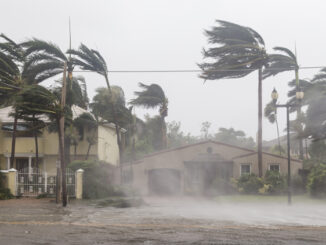
Voting for our leaders is an important part of our democracy. Any U.S. citizen over the age of 18 can vote if they are registered. Voting laws differ across the country, but there are three basic ways that voters can cast their ballots: in person on Election Day, in person before Election Day, and by mail. Each state has different laws.
Voters who vote in person need to find their polling place. Once they arrive there, they fill out their ballots with an electronic machine or with a pen.
More than half the states in the U.S. allow voting before Election Day for people who can’t get to the polling place that day. Their votes still count! It’s important to check laws in your state to see how many days before the election the early voting sites are open.
One final way to cast a vote is by mail. In some states, every registered voter gets mailed a ballot, even if they don’t request it. In other states, voters can request a mail-in ballot.
One of the biggest issues with mail-in ballots is deadlines. In some states, the ballot has to arrive by a certain date. In others, the mail-in ballot has to have a postmark by a certain date. A late ballot could actually be rejected. The person’s vote wouldn’t count.
Some people think that mail-in ballots are safer during the pandemic. Voters won’t have to wait in long lines close to other voters. Other people are concerned about mail-in ballots. Since June 2020, the new Postmaster General has made changes in the postal service that have caused delays to mail delivery. These delays could cause late votes. Experts recommend mailing in ballots early.
What Do You Think? What are the advantages of mailing in ballots? What problems might there be in voting by mail?
Photo Credit: McGraw Hill



